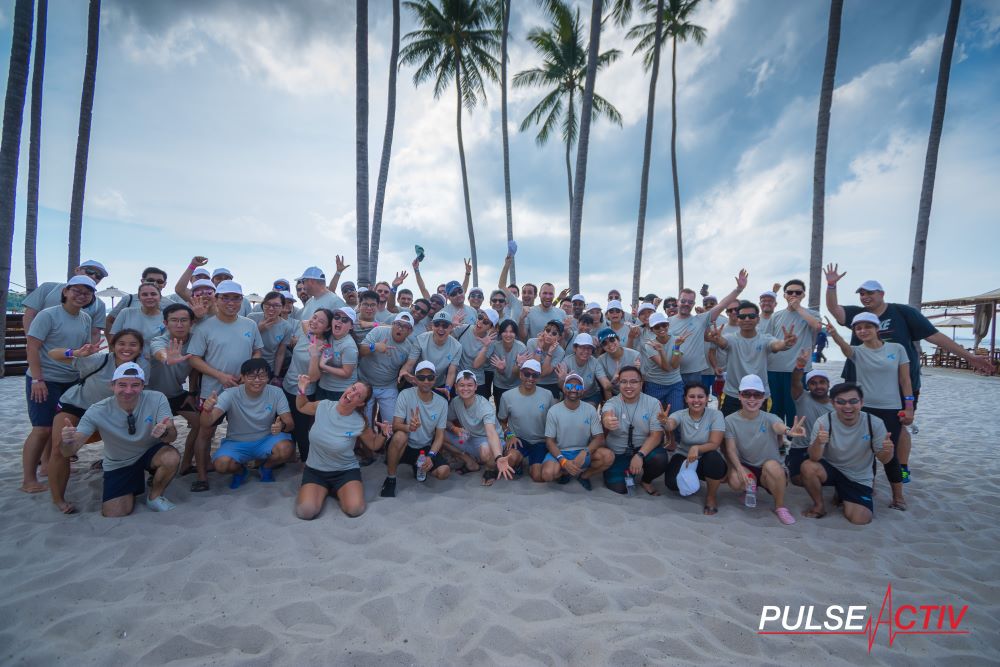Creating a Calendar of Corporate Events: A Year-Round Approach for HR
Maintaining employee engagement throughout the year is a critical task for HR departments. A strategic calendar of corporate events can serve as a powerful tool to enhance employee morale, foster team collaboration, and create a positive work environment. Here’s a comprehensive guide to developing an effective calendar of events that balances various types of activities and manages logistics seamlessly.
1. Assessing Organizational Needs
Understand Employee Preferences: Conduct surveys or focus groups to understand what types of events your employees are interested in. Consider factors like team-building activities, professional development opportunities, and social events.
Identify Key Goals: Determine the main objectives for your events. Are you aiming to improve team cohesion, enhance skills, celebrate achievements, or simply provide relaxation and fun?
Analyze Past Events: Review feedback from previous events to identify what worked well and what didn’t. This will help in refining your approach and ensuring future events are more successful.
2. Planning a Balanced Event Calendar
Quarterly Themes: Assign themes to each quarter to provide variety and ensure a balanced mix of activities. For instance:
- Q1: Kick-off with New Year’s goals and team-building activities.
- Q2: Focus on professional development and skill enhancement.
- Q3: Mid-year reviews and wellness programs.
- Q4: Celebrate achievements with holiday parties and recognition events.
Diverse Event Types: Incorporate a mix of the following events:
- Team-Building Activities: To foster collaboration and camaraderie.
- Training and Development: Workshops, seminars, and guest speakers.
- Social Gatherings: Office parties, picnics, and casual outings.
- Health and Wellness Programs: Yoga sessions, health fairs, and fitness challenges.
- Community Service: Volunteer opportunities and charity events.
Balance Frequency and Intensity: Ensure a mix of high-energy events (like sports tournaments) and low-key activities (like movie nights) to cater to different preferences and energy levels.
3. Managing Event Logistics
Budget Planning: Allocate a budget for the entire year, considering the varying costs of different events. Ensure there is a clear breakdown of expenses for each event type.
Event Scheduling: Use a shared calendar tool to schedule events well in advance. Ensure there is no overlap with major company deadlines or other critical business activities.
Vendor Management: Build relationships with reliable vendors and service providers. This includes caterers, event planners, venues, and entertainment providers.
Logistics Coordination: Assign a dedicated team or individual to oversee event logistics. This includes venue booking, transportation, equipment rental, and coordination with vendors.
4. Promoting Employee Participation
Effective Communication: Use multiple channels (emails, intranet, posters, etc.) to communicate upcoming events. Provide all necessary details, including date, time, location, and any required preparations.
Incentivize Participation: Offer incentives such as prizes, certificates, or recognition in company newsletters to encourage participation.
Inclusive Planning: Involve employees in the planning process. This can be done through committees or feedback surveys to ensure events meet their interests and needs.
5. Measuring Event Success
Feedback Collection: Post-event surveys are essential to gather feedback on what employees liked and what could be improved. This helps in refining future events.
Participation Metrics: Track attendance and engagement levels to understand which types of events are most popular.
Impact Assessment: Evaluate the impact of events on employee morale, team cohesion, and overall engagement. This can be done through regular check-ins and performance metrics.
6. Adapting to Changes
Flexibility: Be prepared to adapt the event calendar based on changing circumstances, such as company priorities, employee feedback, or external factors like public health guidelines.
Continuous Improvement: Regularly review and adjust the event calendar based on feedback and observed outcomes. This ensures the calendar remains relevant and effective.
Conclusion
Creating a strategic calendar of corporate events is a dynamic process that requires careful planning, execution, and continuous improvement. By balancing various types of events, managing logistics efficiently, and fostering employee participation, HR can maintain a high level of employee engagement throughout the year. A well-thought-out event calendar not only boosts morale and productivity but also strengthens the organizational culture, making it a vibrant and enjoyable place to work.
To head back to read another article in our blog, click here.

